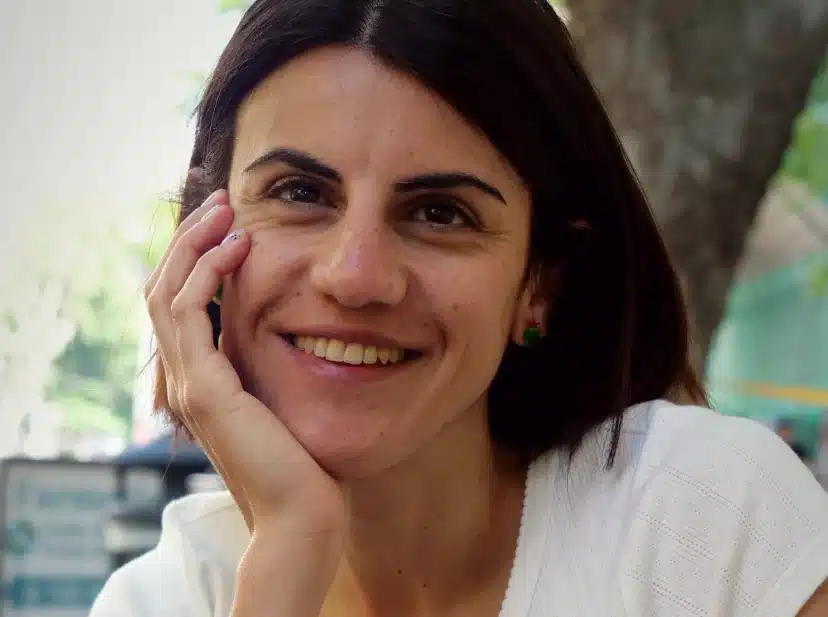“Sia” as in “both…and”
In Italian, “sia” is commonly used as a connector that means “both… and” or “whether… or.” It’s a handy word for linking two people, places, objects, or actions in the same sentence.
You’ll often see it in these structures (which are interchangeable, though the first one is more common and sounds more natural):
- sia […] che […]
- sia […] sia […]
Both patterns work well to join two elements smoothly.
Examples:
- Sia Marco che Luca parlano italiano. (Both Marco and Luca speak Italian.)
- Voglio visitare sia Roma che Firenze. (I want to visit both Rome and Florence.)
- Parlo sia inglese sia spagnolo. (I speak both English and Spanish.)
- Che sia bel tempo o pioggia, verrò. (Whether it’s good weather or rain, I’ll come.)

Test Your Italian
Not sure what your Italian level is?
I’ve created a free online Italian test to help you determine it.
“Sia” as the Subjunctive of Essere
Be careful not to confuse the connector sia with the verb form sia, which is actually the subjunctive form of essere (the verb to be). In this case, it simply means is in a context that requires the subjunctive mood.
For example:
- Penso che sia vero. (I think it’s true.)
- Credo che lui sia malato. (I believe he is sick.)
- Spero che sia giusto (I hope it’s correct.)
Here, sia appears in a subordinate clause and is used with verbs that trigger the subjunctive. But that’s another story — in this article, we’re focusing on sia as a connector!
Read more:







